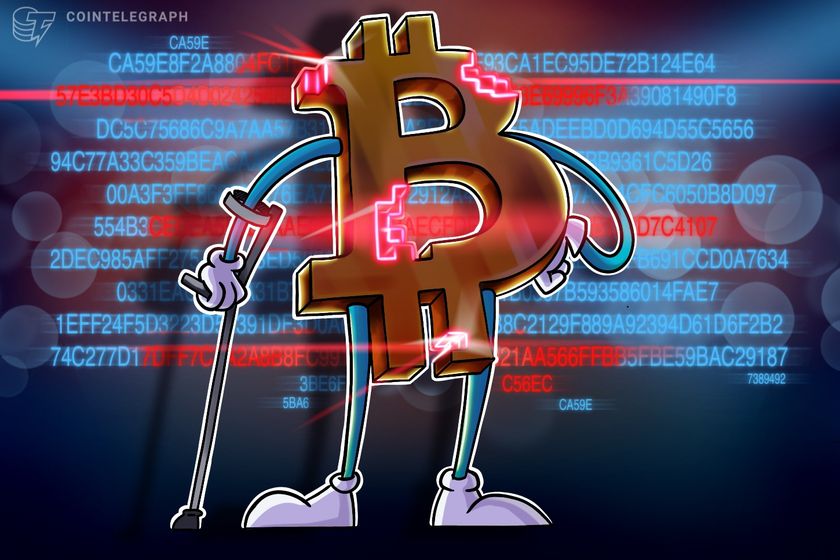Bitcoin dev denies adding inscriptions to National Vulnerability Database


Bitcoin core developer Luke Dashjr said he played no part in flagging Bitcoin inscriptions as a cybersecurity threat with the NVD, as the listing received a “5.3 Medium” severity score.
Bitcoin core developer Luke Dashjr has denied playing any part in adding Bitcoin inscriptions as a cybersecurity risk on the United States National Vulnerability Database’s (NVD) Common Vulnerabilities and Exposure (CVE) list.
Dashjr courted controversy in a Dec. 6 post to X (formerly Twitter) claiming that inscriptions — used by the Ordinals protocol and BRC-20 creators to embed data on satoshis — exploit a Bitcoin Core vulnerability to “spam the blockchain.”
The Bitcoin network has seen increased congestion over the past few months due to a wider craze around Ordinals’ nonfungible token inscriptions and BRC-20 token minting.
















